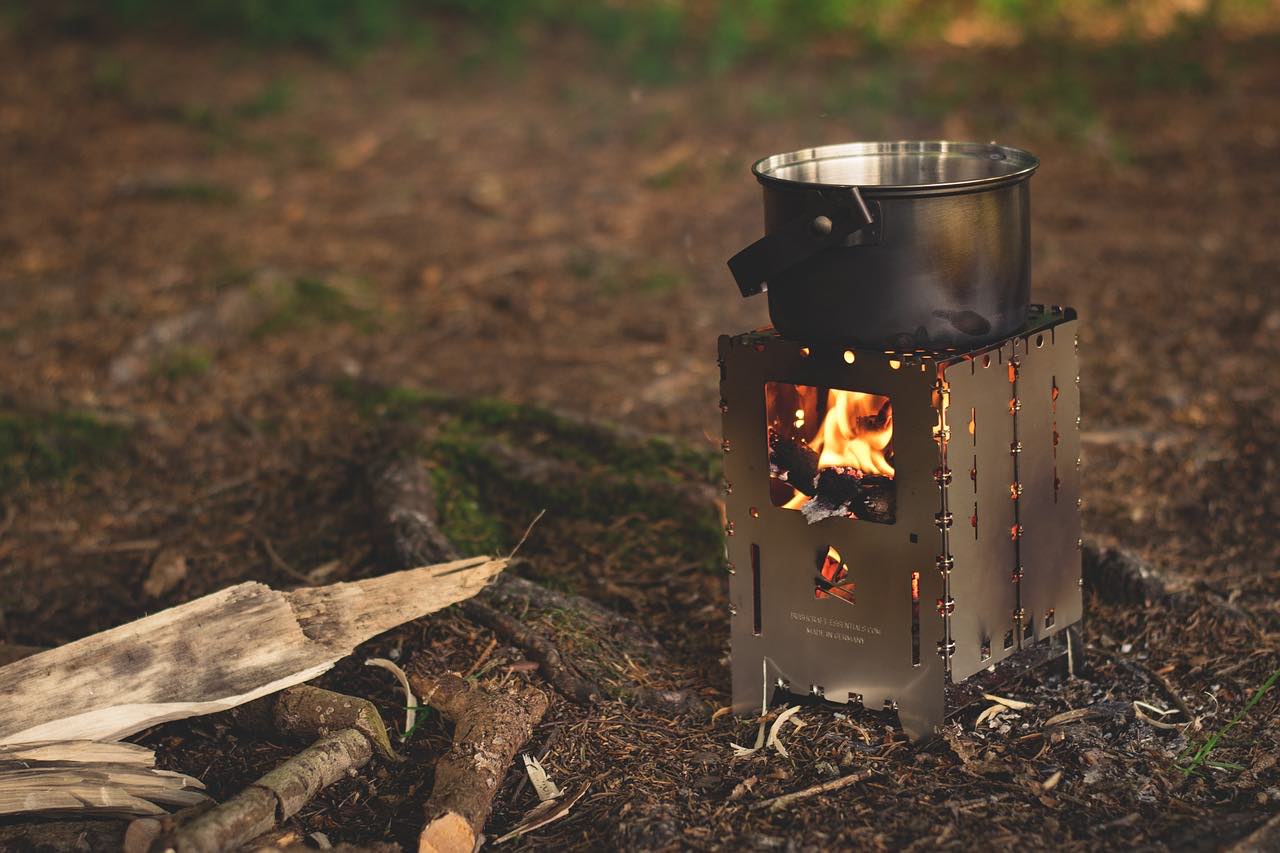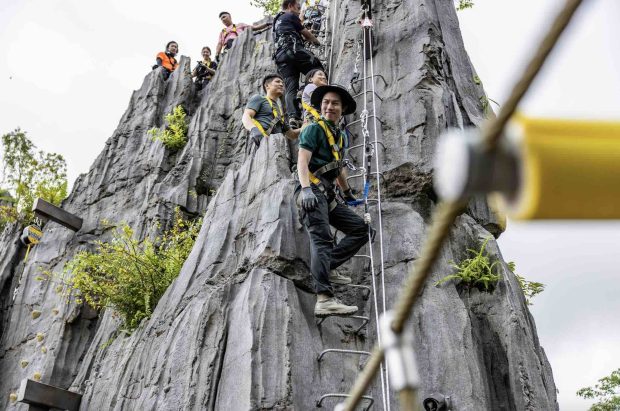Maximize the fun, comfort, and convenience in your outdoor adventures by selecting the perfect camping ground. It’s not a bad idea to be picky when choosing your campsite. After all, you don’t want to put additional stress on your trip brought about by a wrong campground. Continue reading to know four tips to help you choose the best camping ground for your next outdoor adventure.
1. Research
It can be exciting for backpackers to rough it out by exploring great unknowns. Locating suitable campsites without prior research can fill the hearts and minds of thrill-seekers with glee. But, many outdoor adventurers would like to know what they’re going to be up against when traversing completely unfamiliar terrains.
So, it might be best to research about various campsites to help you plan your trips properly. Study the path you need to take before you reach your preferred camping ground. Check for any possible hazards you might encounter along the way.
Learning about your next outdoor adventure is crucial as it helps you determine the proper gear to bring. For example, you might be shopping around for a 4 person tent, but you may need a portable shelter that can shield you from sudden rains. Take note, particular locations for outdoor excursions might have unpredictable weather.
Failure to prepare the proper camping gear for the unexpected might put unwanted stress on you and your companions during the trip.
2. Know the Places to Avoid
The perfect camping ground should give you an exciting, comfortable, and, most importantly, safe time while basking in Mother Nature’s glory. Consider thinking about specific factors before you assume that a location is an ideal place to camp.
Watch out for places with:
- Lone trees
Tall trees that are away from other nearby towering structures might be magnets to lightning strikes.
- Exposed ridges
Consider staying away from camping on exposed hilltops or ridges. Places with sloping terrain, especially areas with cracks, gaps, or holes in the ground, may put campers at risk of falling during stormy weather.
- Nearby water sources
You might think a nearby water source is an absolute god-send for campers. But, bodies of water like rivers and lakes might be a haven for bugs and condensation. Also, dangerous wild animals might seek a drink or two from a nearby pond.
Safe camping dictates that you should aim to stay away from such locations. These places might put your life at risk, so it’s best to reconsider your decision to travel to these unsafe camping grounds.
3. Survey the Surface
Once you reach a camping ground, survey the area. Make sure the place where you decide to set up camp should have a level surface. The location shouldn’t be steep, which would otherwise make the area hazardous as you might roll down when you sleep.
Search for a flat plane so you can be comfortable as you try to get a good night’s sleep or while you gaze at the stars. Also, a flat surface helps your head and toes stay at the same level to help your blood circulate properly during sleep.
Still, a level ground may not always be available. But, you might dig a side of the area to help make the surface as flat as possible. However, make sure you’re not breaking any rules if you make this move. Specific nature reserves may not allow you to disturb the natural order of the area, and those regulations might include inhibiting you from digging holes.
4. Check the Regulations
Before you decide on a camping ground, it’s an excellent idea to check the regulations of the area you plan on visiting. National and state parks, along with national forests, might have strict rules placed upon campers.
Don’t decide on camping in areas with strict rules if you can’t follow the laws placed upon the field. You don’t want your morning call to be a park ranger telling you to get out of the camping location because you don’t have a permit to set up camp.
Conclusion
It’s essential to keep specific things in mind when looking for the perfect camping ground for your next outdoor adventure. Let these tips help you choose which camping site will help you gain the most out of the excursion. Going on an outdoor trip may present you with several risks, but you can lessen these dangers by getting yourself properly educated and making sure you have everything you need before leaving home. These things should include the pieces of information you get from the guidelines posted above.








